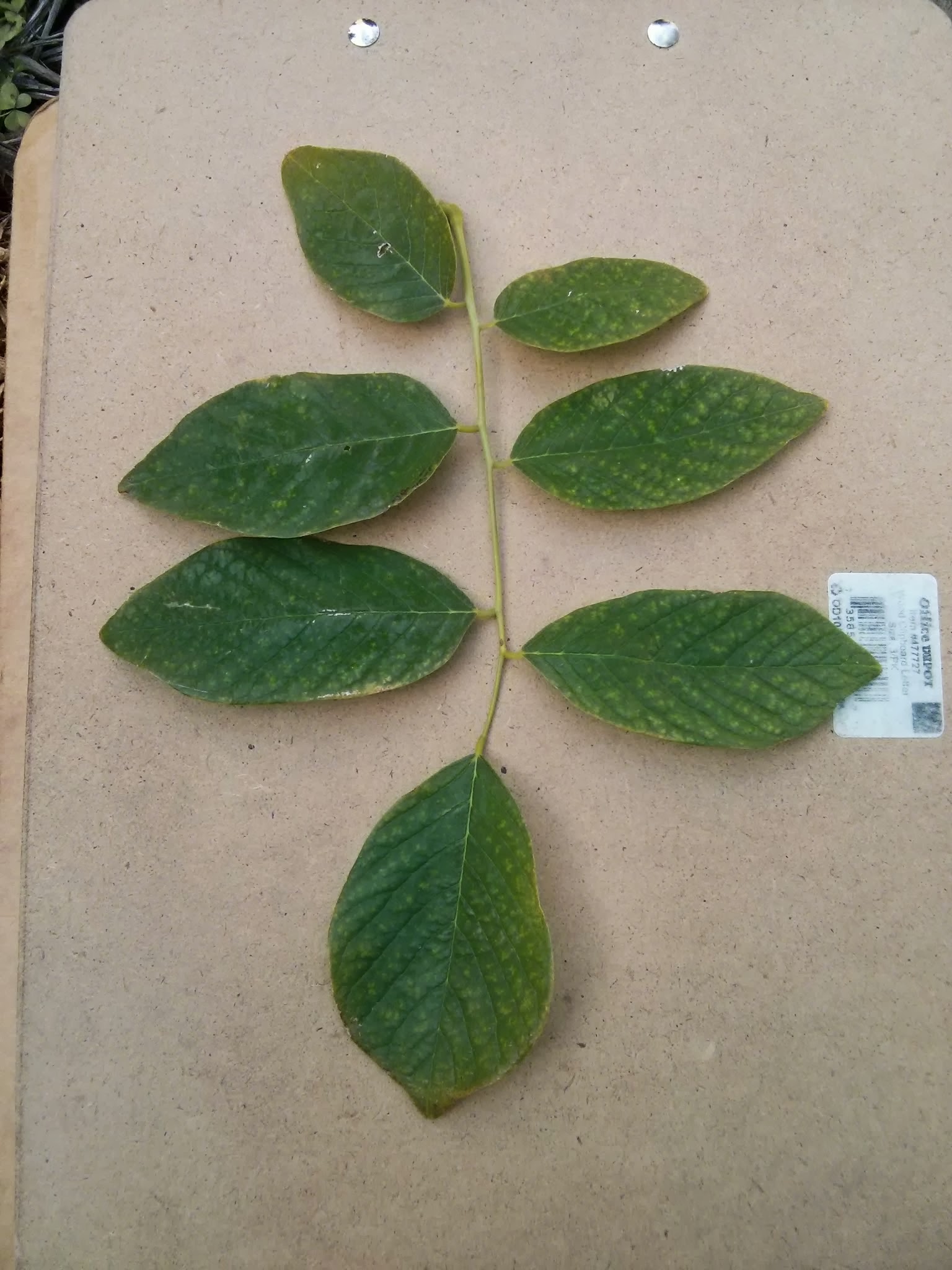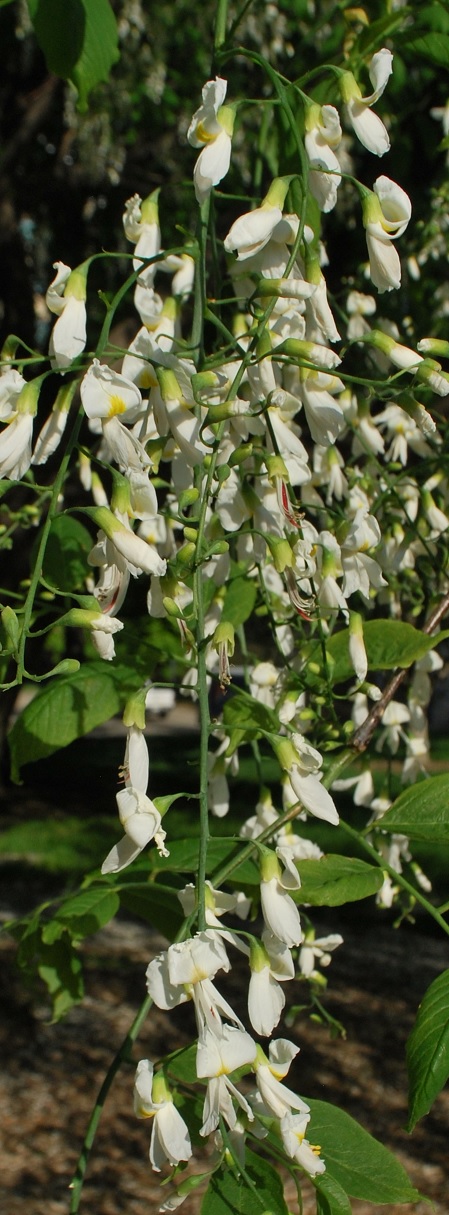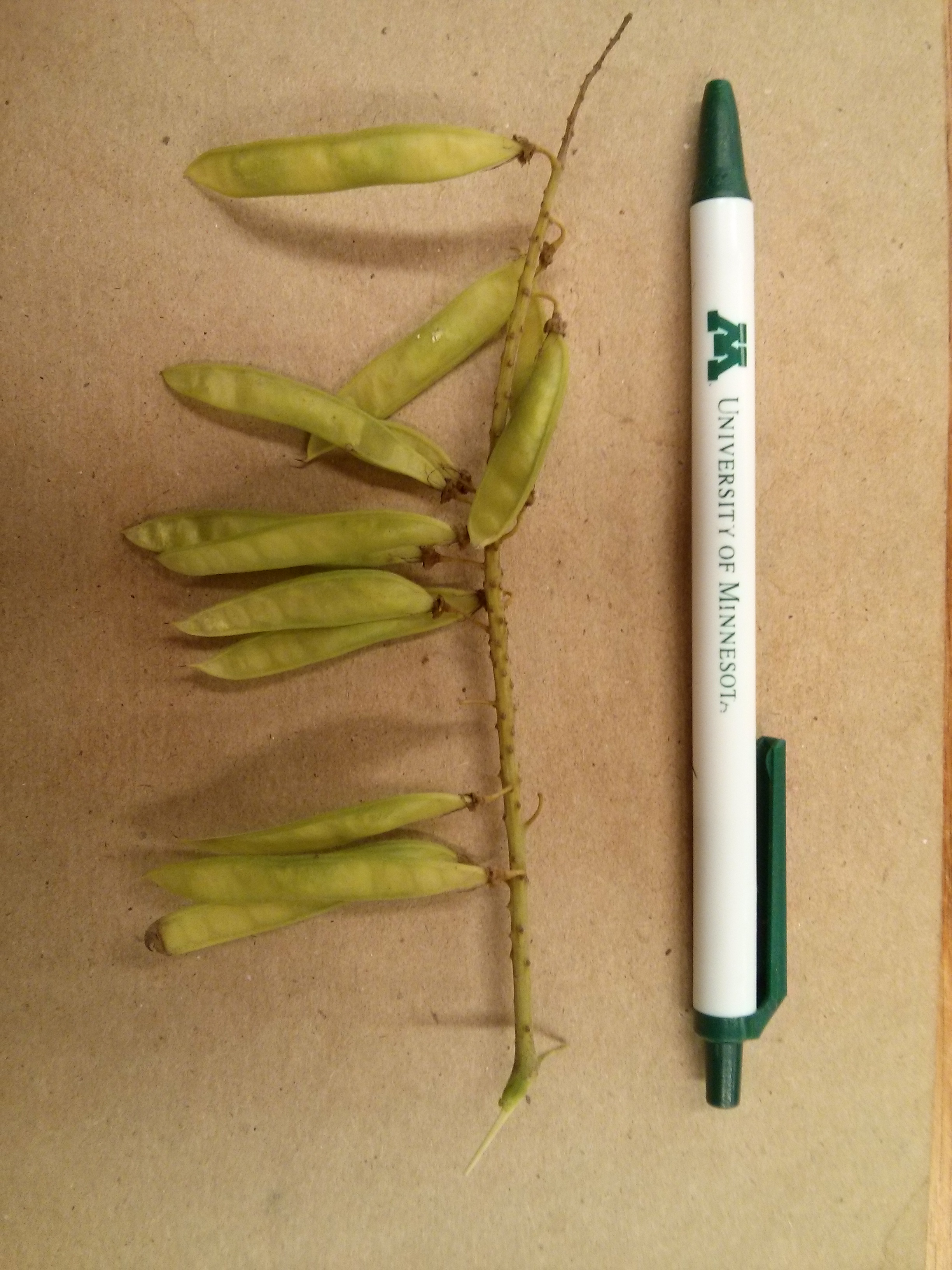Common Name: yellowwood
Scientific Name:
Family: Fabaceae
Genus: Cladrastis
Species: C. kentukea
Hardiness Zone: 4 to 8
Height: 30 to 50 ft
Width: 40 to 55 ft
Common characteristics:
Yellowwood is a medium-sized, deciduous tree of the legume family with upright branching and a broad, rounded crown. Yellowwood is named for its unique yellow interior wood. Leaves are pinnately compound usually with 7-11 leaflets. They open as yellowish-green then turn bright green in summer. Showy fragrant white flowers will form in the spring forming drooping clusters or pea-like structures. The clusters are 8 to 14 inches in length. Flowering tends to alternate years with heavy flowering one year and then a light flowering year the next. New trees however may not bloom for the first 8-10 years.
Where it grows:
Plant yellowwood in moist well-drained soils in direct sunlight. Its roots run deep which allows for other plants to grow underneath it with little competition. Can often be found in rich, well-drained limestone soils in river valleys, slopes, and ridges.
How it’s used:
Can be used in boulevards, or as a patio or sidewalk shade tree. Yellowwood is moderately tolerant of dry sites and wet sites, alkaline soil, clay soil, and road salts.
Where it is native to:
The native range of yellowwood is North Carolina, Kentucky, and Tennessee. Also in areas of Illinois, Indiana, and other southern states.
Problems:
One concern is its brittle branches and potential poor branch unions, causing a higher risk of damage from snow and ice. Use corrective pruning to eliminate weak branch unions when young, avoid pruning in early spring due to excessive bleeding.
References:



